

Shane O'Donoghue
2026 Nissan Leaf review: Quick drive
4 Days Ago

News Editor
How far can you go on a single tank of hydrogen? Hyundai has shown 887.5km isn’t out of the question.
Hyundai claims to have broken the world record for the longest distance travelled by a hydrogen-powered vehicle on a single tank using one of its new Nexo crossovers.
While the Nexo’s official range on the stricter WLTP standard is already a devilishly good 666km, the team was able to log 887.5km with Australian rally driver Brendan Reeves behind the wheel.
Mr. Reeves wasn’t driving the production-spec Nexo like a rally car though. Instead, he drove with a focus on efficiency and even used some tips his father shared on driving a truck efficiently.
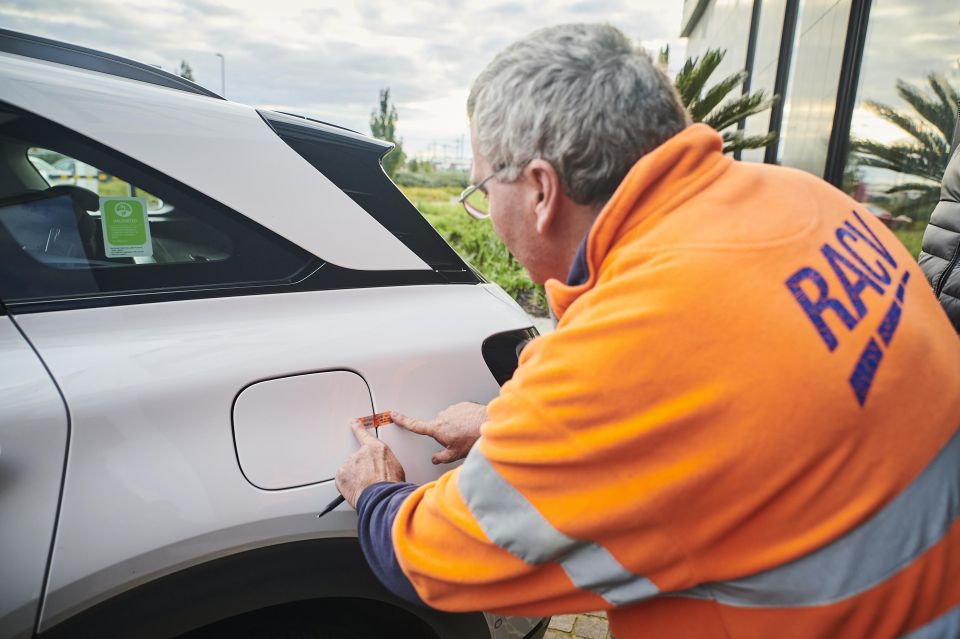
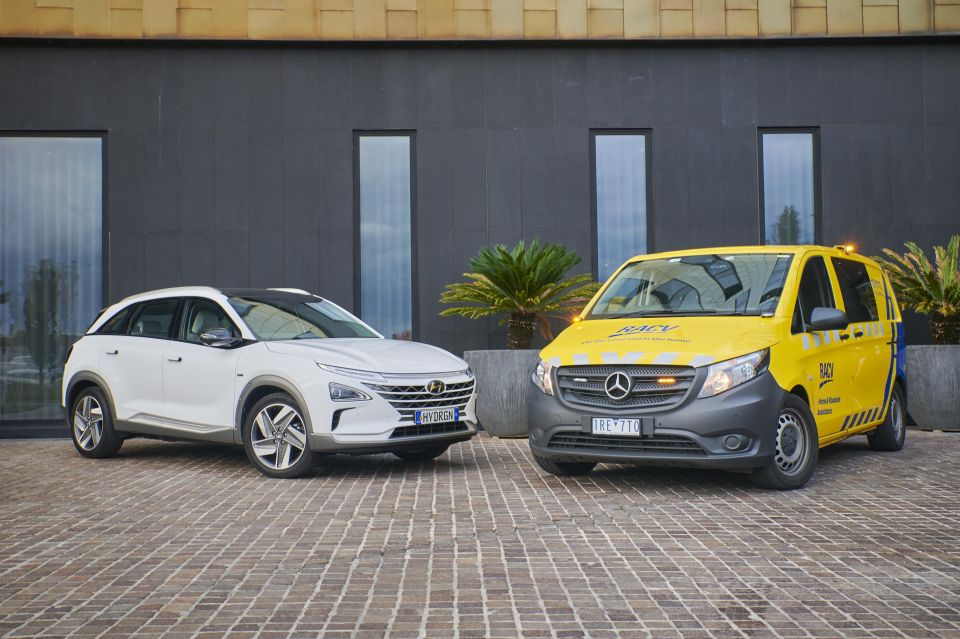
A representative from the RACV was there at the journey’s beginning when the Nexo’s tank was sealed, while a representative from NRMA checked the seal at the end.
The route started in Essendon Fields in Melbourne, with 807km showing on the trip computer when he pulled into Broken Hill.
From there, the voyage continued to Silverton, the setting of Mad Max 2 which depicted a post-apocalyptic world where roving bands of marauders sought out depleting oil supplies. An outcome Hyundai is hoping to avoid with its hydrogen fuel cell-powered Nexo, then.
The car finally ran out of gas (literally) near Eldee Station.
Total time? 13 hours and six minutes at an average speed of 66.9km/h. 6.27kg of hydrogen was used, with 449,100L of air purified along the way.
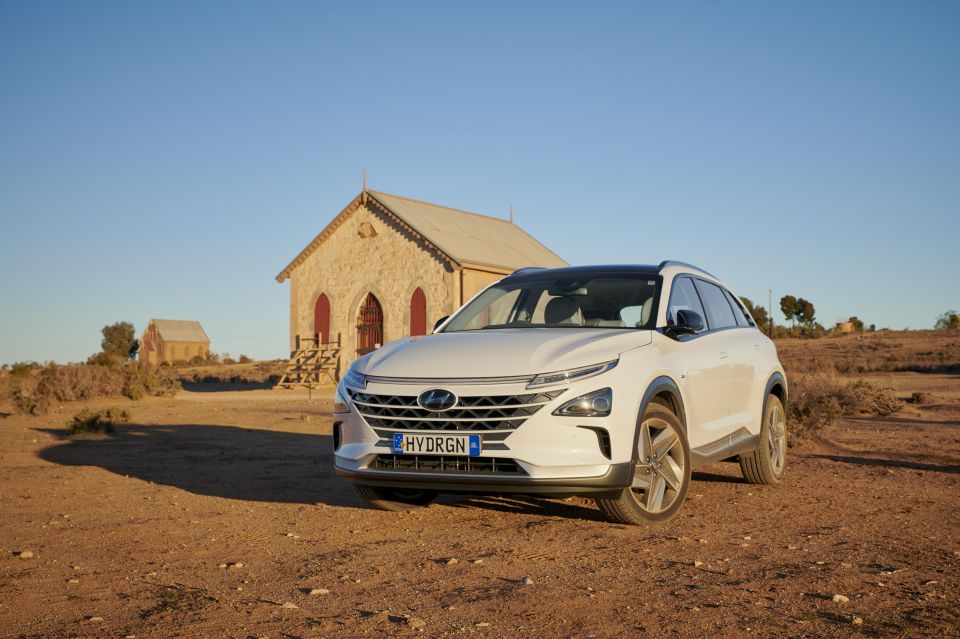
We all know somebody who likes to drive well beyond the low fuel warning light coming on, and on the Nexo’s journey this light flashed with over 200km range left. Don’t go getting any ideas.
Technically, a GPS unit and Google Maps on board showed total distances traveled of 903.4km and 905km, respectively, but even the trip computer’s readout of 887.5km was enough to beat the previous record.
Also set in a Nexo, French aeronaut Bertrand Piccard set the previous record of 778km in France.
While hydrogen infrastructure is virtually nonexistent in Australia, both Hyundai and Toyota are investing in the technology.
Both companies have a private hydrogen refuelling station each, with a new commercial station recently opening in Canberra and one on the way in Brisbane.
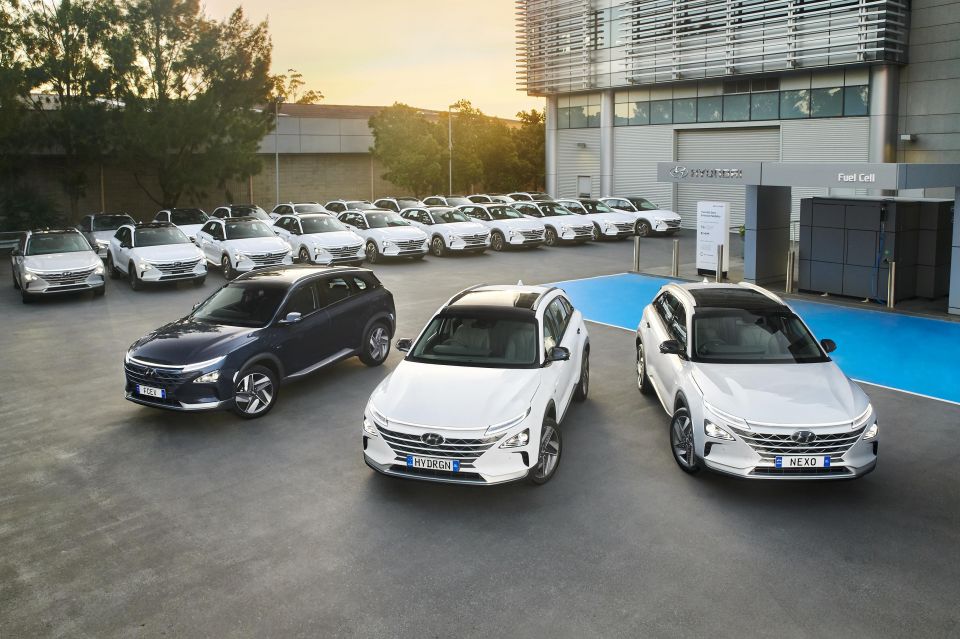
Hyundai has imported 20 Nexo crossovers, which are being used by the ACT Government, while Toyota has also imported 20 of its redesigned Mirai sedan for use in fleets.
While the cost remains high and infrastructure paltry, hydrogen vehicles offer a lot of benefits.
They emit only water vapour and droplets, with no CO2 produced by the vehicle.
Refueling times are also short, with a Nexo taking just three to five minutes to refuel.
The average wholesale price of hydrogen right now is anywhere up to $15 per kilo, meaning it would cost somewhere around $90 to fill up in theory. ACT government employees get free refills as part of the leases, however.
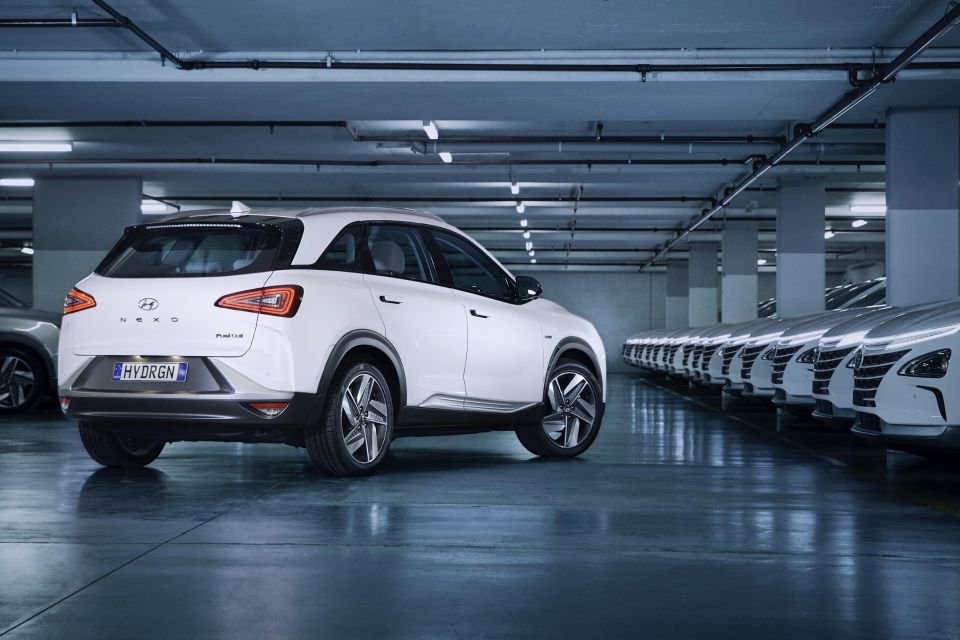
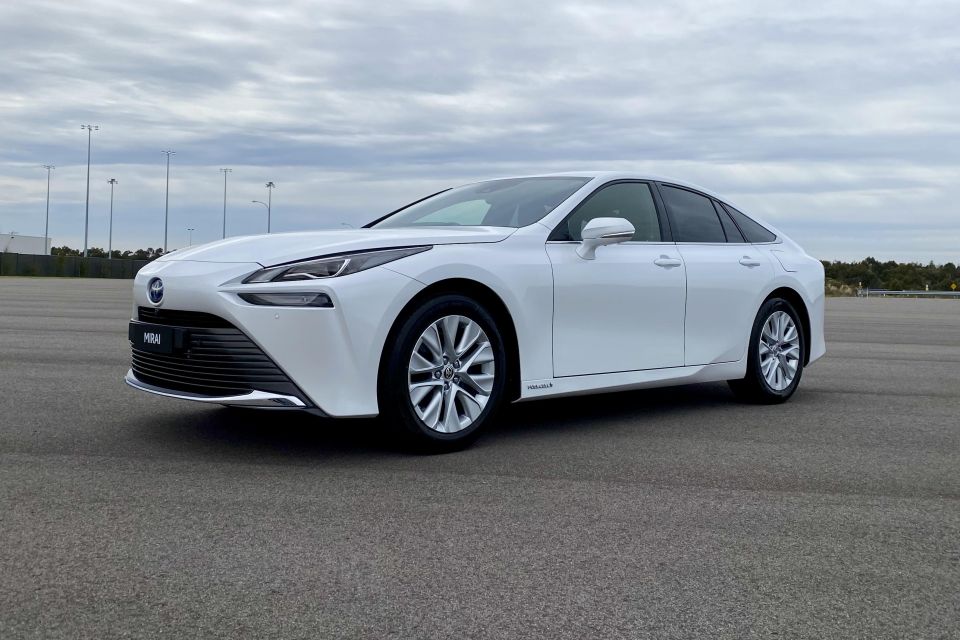
Of course, as oil companies, gas companies, government power plants, and other private operators come on stream with their own hydrogen investments, the price will plummet.
Projections show it’ll wholesale for about $2 per kilo by 2030 at current rates of amortisation and scale.
Toyota may sell considerably more hybrid vehicles in Australia than Hyundai but the Korean brand has one bragging right over its Japanese rival: it offers not only hydrogen fuel-cell and hybrid vehicles, but also plug-in hybrid and battery-electric vehicles.
Where expert car reviews meet expert car buying – CarExpert gives you trusted advice, personalised service and real savings on your next new car.
William Stopford is an automotive journalist based in Brisbane, Australia. William is a Business/Journalism graduate from the Queensland University of Technology who loves to travel, briefly lived in the US, and has a particular interest in the American car industry.


Shane O'Donoghue
4 Days Ago


Matt Campbell
3 Days Ago


James Wong
2 Days Ago


CarExpert.com.au
2 Days Ago
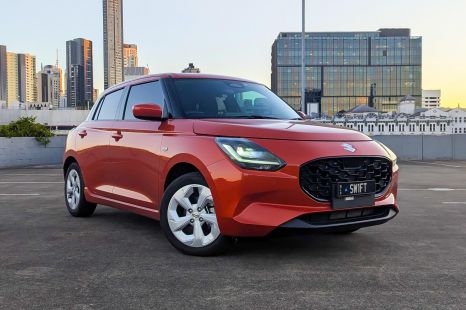

William Stopford
1 Day Ago
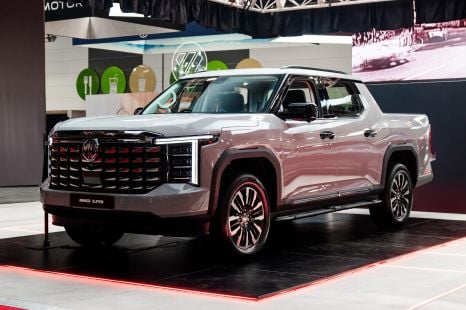

Marton Pettendy
21 Hours Ago